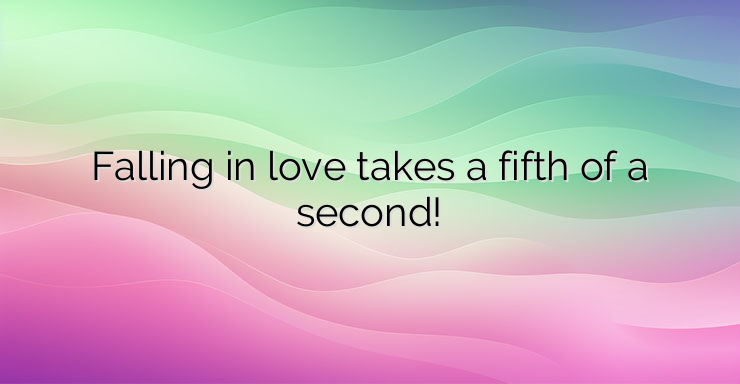Falling in love takes a fifth of a second and makes you feel the same way as if you were taking cocaine, say scientists. Love at first sight really is possible, as it only takes milliseconds for euphoria, sparked by a flurry of chemical reactions in the brain, when your eyes fall on the right person, researchers say. During the first wave of love, 12 different parts of the brain are stimulated, which release chemicals such as dopamine, oxytocin, adrenaline and vasopressin, which make you feel better. The same substances are also contained in a dose of cocaine. This means that falling in love is equal to the use of class A drugs. According to Prof. Stephanie Ortik, the head of the study, the results are scientifically based. However, scientists continue to search for the answer to the question “Does the heart fall in love or the brain?” According to her, the brain is responsible for falling in love, but the heart factor also has an influence. “The complex concept of love is formed by both bottom-up and top-down processes, from the brain to the heart and back,” says Prof. Ortik. Different types of love affect different parts of the brain, the research data also show. Unconditional love, such as that between a mother and child, is triggered by the parts of the brain responsible for the sense of the common and the private, and from a center located in the middle of the brain. Passionate love is triggered by a part of the brain responsible for feeling for a reward. Also involved are associative cognitive areas that have high cognitive functions, such as the image of the human body.


Leave a Reply